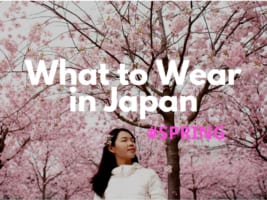What Japanese Fashion is Like: An In-Depth Look at Japan’s Unique Style Scene
When kimonos, runways and construction sites come together

In the global style panorama, Japanese fashion stands out as a captivating and ever-evolving eclectic marriage of traditional and modern influences, resulting in a diverse and dynamic trend-setting fashion landscape, constantly pushing boundaries while skillfully threading age-old customs with the bold strokes of innovative trends.
This is the country where centuries-old fashion styles still survive with contemporary kimonos while sharing space with the most striking avant-garde designs. A complex interplay that’s a testament to Japan’s uncanny ability to preserve its heritage while continuously embracing change.
The Roots of Japanese Fashion
Traditional Japanese Clothing
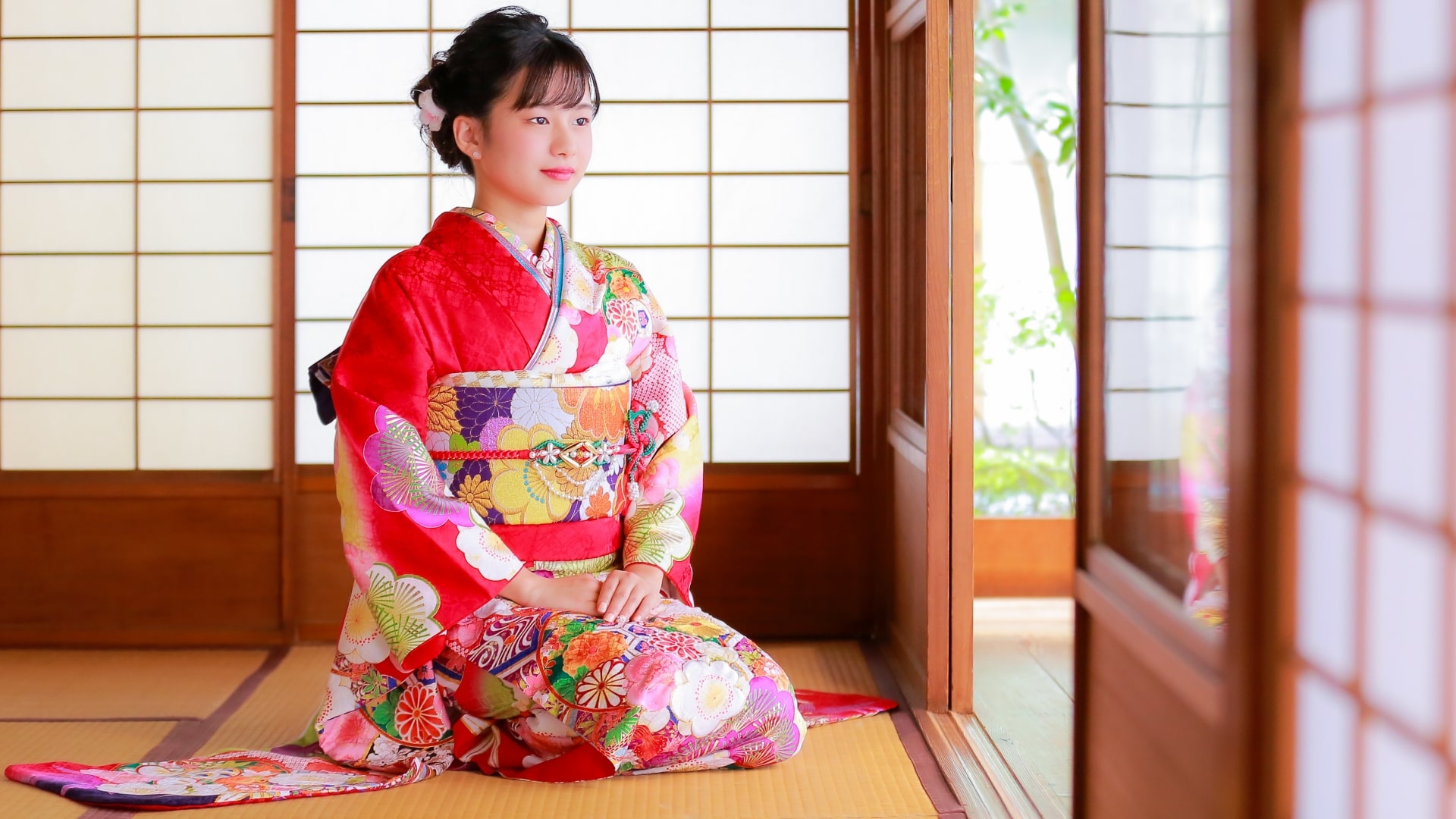
On the other hand, the yukata, a lighter, more casual variant of the kimono which is typically worn during the warmer months, usually at summer festivals, mirrors the Japanese love for simplicity and functionality, embodying principles of chic simplicity.
Despite their antiquity, these traditional styles exert a palpable influence on contemporary fashion. Modern designs often borrow the kimono’s elegant silhouettes or the yukata’s vibrant patterns, showcasing a compelling blend of old and new.
Check our Yukata shopping and wearing guide: How to Wear Yukata
The Influence of Western Fashion

The introduction of Western fashion to Japan during the Meiji period (1868-1912) served as a game-changer in the nation’s sartorial narrative. Rather suddenly, western attire like suits, ties, and dresses found their way into the Japanese wardrobe, blending with native styles to create a unique fashion style that’s neither wholly Japanese nor wholly Western but somewhere intriguingly in between.
Japanese designers didn’t take long to display a remarkable knack for reinterpreting and reinventing Western trends. Contemporary designers like Rei Kawakubo of Comme des Garçons or Yohji Yamamoto are prime examples of this, continually playing with Western silhouettes and merging them with Japanese design principles to challenge and redefine conventional ideas about beauty and aesthetics.
Modern Japanese Fashion Styles
Harajuku Fashion
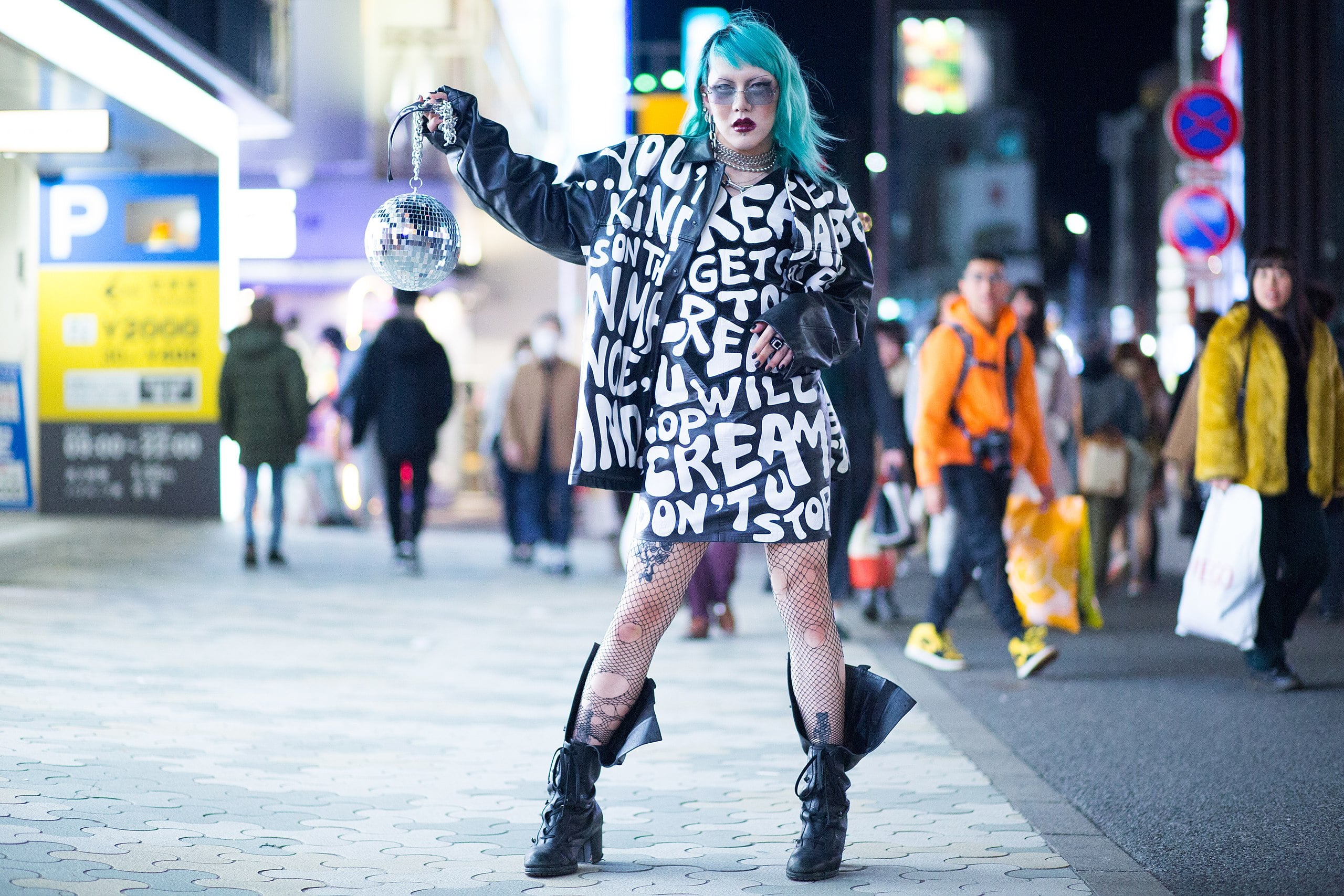
As for modern Japanese fashion, one must pay homage to the ever-colorful and eclectic Harajuku district—the melting pot or ground zero of Tokyo’s trendy youth culture. An enormous canvas of style experiments, Harajuku fashion is probably the most iconic and instantly recognizable for its daring ensembles, where individuals freely mix and match various styles to create their unique looks.
The Harajuku-born style also embraces a spectrum of substyles, like doll-like Victorian-inspired attires, psychedelic and overloaded palettes of accessories, or integration of musical fashion styles that also include elaborate hairstyles with dramatic makeup and extravagant clothing. This district’s fashion pulse beats with a spirit of rebellion, persistently pushing boundaries and defying norms.
For ideas about what to do around Harajuku, check the following articles!
▶Harajuku Shopping Guide: 10 Best Shops in Harajuku
▶1 Day Itinerary in Tokyo: HARAJUKU Trendy Things to Do
Streetwear and Urban Fashion
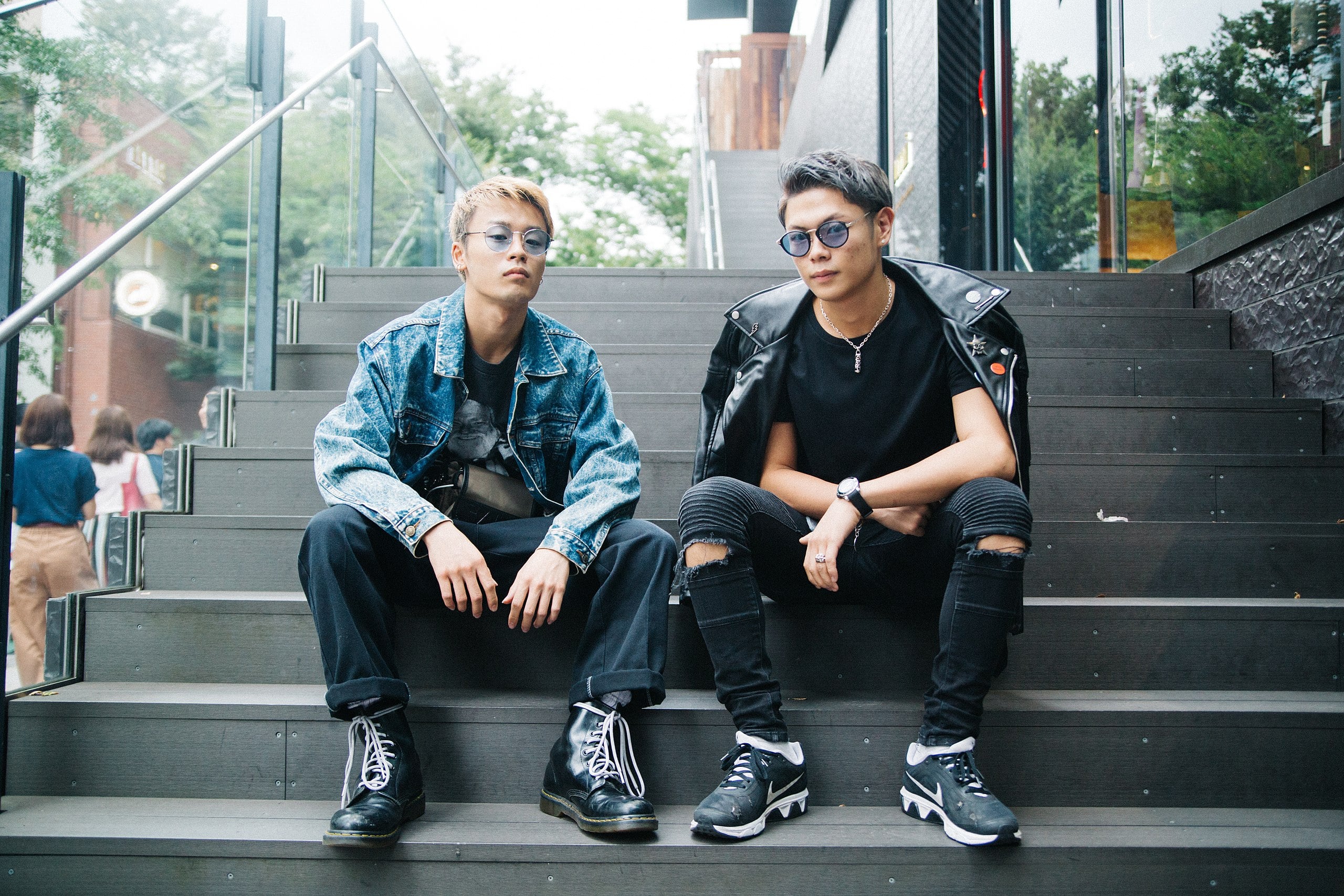
A global fashion phenomenon in its own right, Japanese streetwear has left an indelible imprint on the world stage for its bold designs and innovative approaches such as the use of unconventional materials and attention to detail.
This trendsetting urban style owes much to labels like A Bathing Ape or Neighborhood, which masterfully incorporated the Japanese ethos of meticulous craftsmanship into casual clothing, turning everyday hoodies, T-shirts, and sneakers into coveted fashion artifacts that also play their parts in shaping streetwear tendencies globally and demonstrating that casual styles do not have to be at odds with cutting-edge aesthetics and functionality.
▶Find out more about Japanese street fashion: Japanese Street Fashion: Popular Brands in Japan
Kawaii Fashion
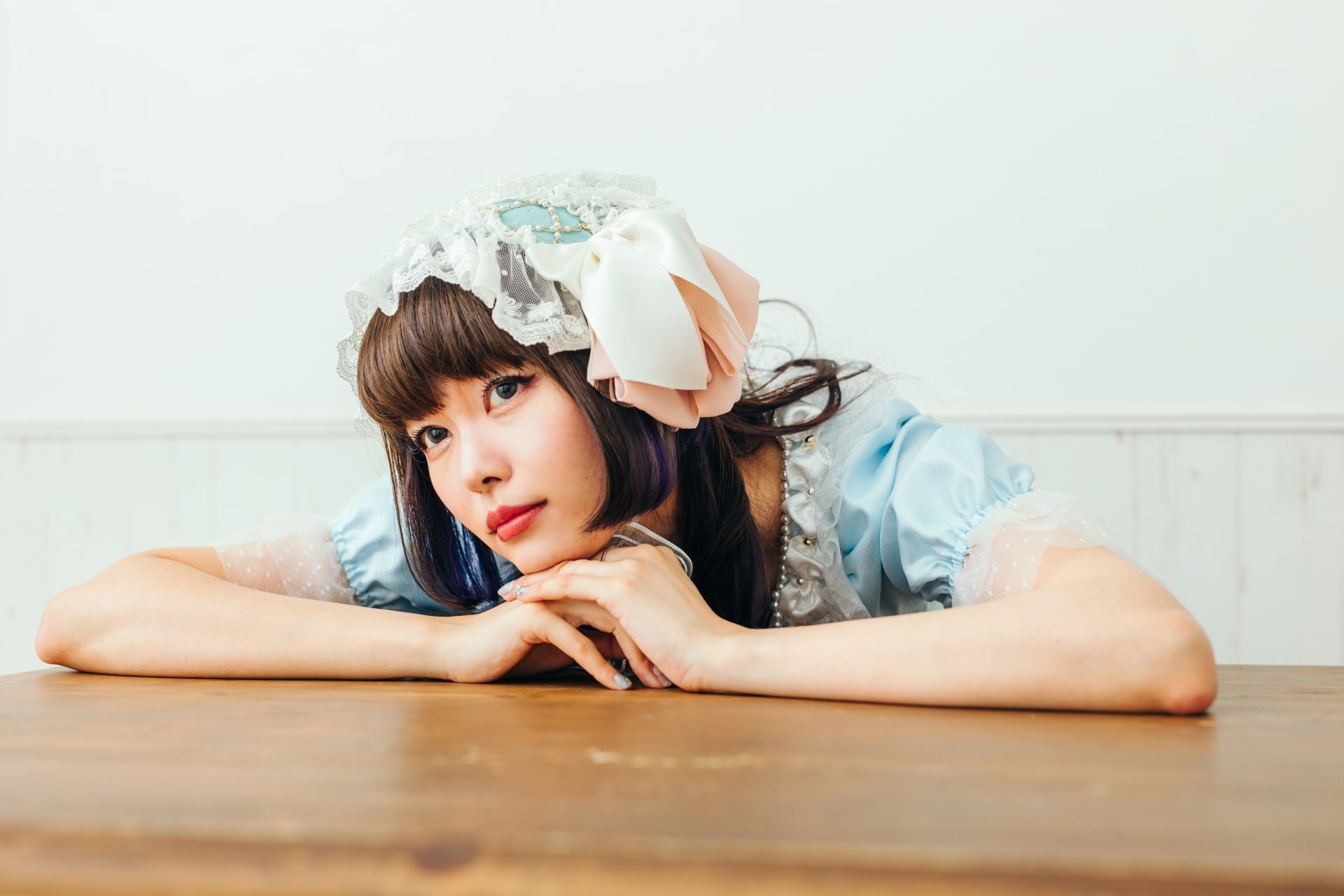
Rooted in a rebellious stance against the Japanese oppressive conformity and old-school, conservative feminine values and expectations, kawaii aesthetics come in full force as a celebration of childlike innocence and naif whims full of adorable motifs. An aesthetic concept that extends beyond clothing to encompass lifestyle, permeating various aspects of Japanese society.
In doing so, iconic characters like Hello Kitty or contemporary brands like Liz Lisa, kawaii fashion has captured the hearts of both domestic and international audiences. The playful and charming nature of Kawaii fashion has influenced not only clothing choices but also the way people decorate their living spaces, engage with social media, and express their identities.
Minimalist Fashion
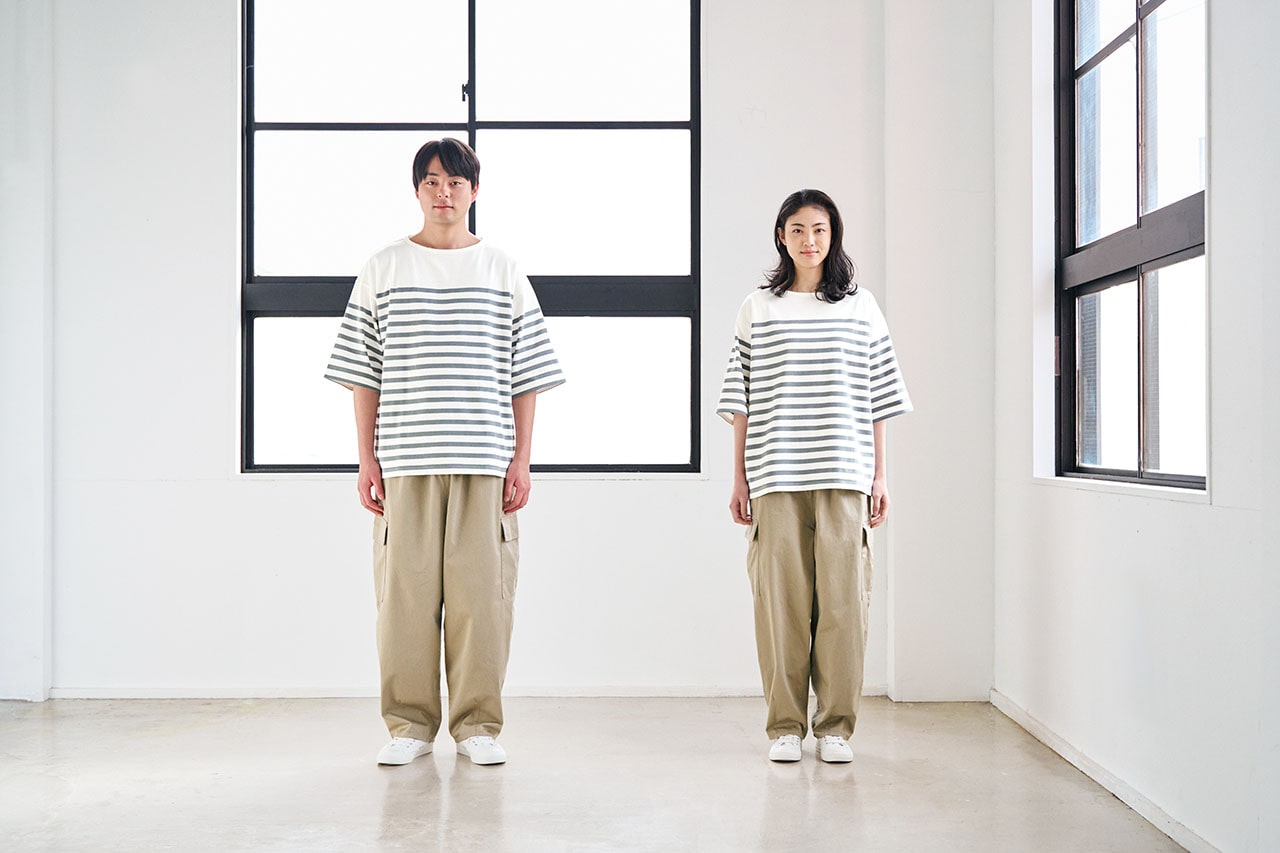
As a stark contrast to the loud and playful flamboyance of Harajuku and Kawaii styles, minimalism presents an entirely different aesthetic perspective. Marked by clean lines, muted color palettes, and an emphasis on functionality that’s rooted in the philosophy of “less is more,” minimalist fashion embodies a sense of understated elegance and sophistication.
This aesthetic tendency is best represented by brands like Uniqlo and Muji with a simple and brand-less approach to fashion and style. Also, Japanese designers such as Yohji Yamamoto and Rei Kawakubo of Comme des Garçons have become synonymous with minimalist fashion, showcasing their avant-garde creations on international runways.
Their designs often feature asymmetrical cuts, draping, and the innovative use of monochromatic color palettes. Minimalist fashion in Japan reflects a desire for simplicity, harmony, and the celebration of materials and textures in their purest forms.
Japanese Workwear and Functional Fashion

Japanese workwear has significantly influenced the global fashion landscape, bridging the gap between functionality and style. Unique pieces such as Tobi pants, Jikatabi shoes, air conditioning suits (Kuchofuku), and Sagyofuku riders’ jackets, initially designed for practical purposes in industries like construction, have become remarkable fashion inspirations.
Tobi pants, with their wide-thigh, tight-hem design, facilitate ease of movement and wind sensitivity, while Jikatabi shoes offer agility and a distinct style. The Kuchofuku, with its innovative cooling technology, provides relief from the summer heat, and the Sagyofuku jacket’s utilitarian design adds to the overall appeal.
These elements of Japanese workwear have been adopted and reimagined by prestigious fashion brands, including Yohji Yamamoto, Engineered Garments or Visvim, skillfully marrying style with practicality. Despite their roots in the working class, these garments demonstrate how functional, utilitarian clothing can evolve into a distinctive, stylish trend, highlighting the intersection of occupational necessity and fashion.
Alternative Fashion Subcultures
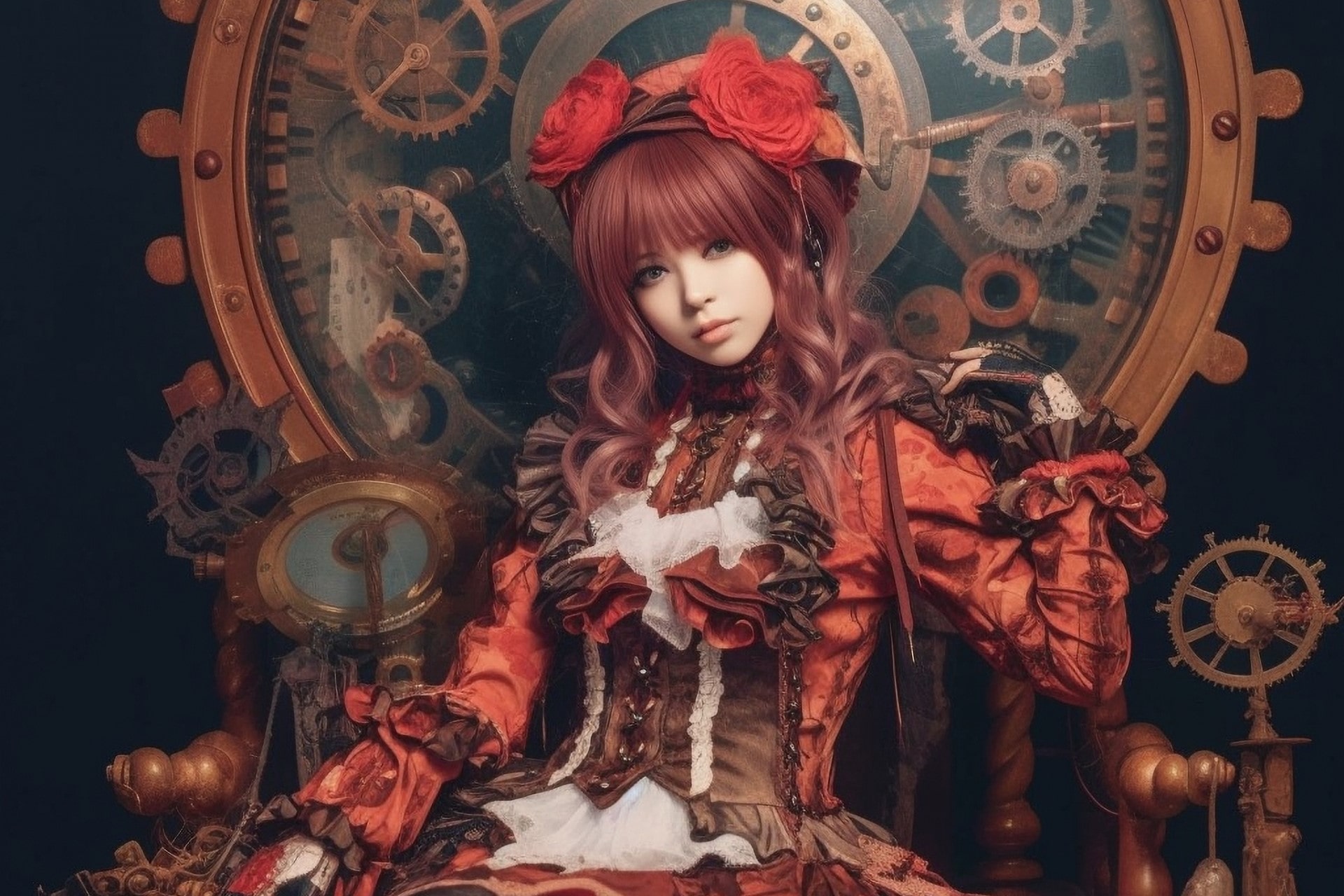
▶Looking for more subculture information? Check this article: Nakano Broadway: Another Mecca for Japanese Pop and Sub Cultures
The Global Influence of Japanese Fashion
Japanese Fashion Designers and Brands
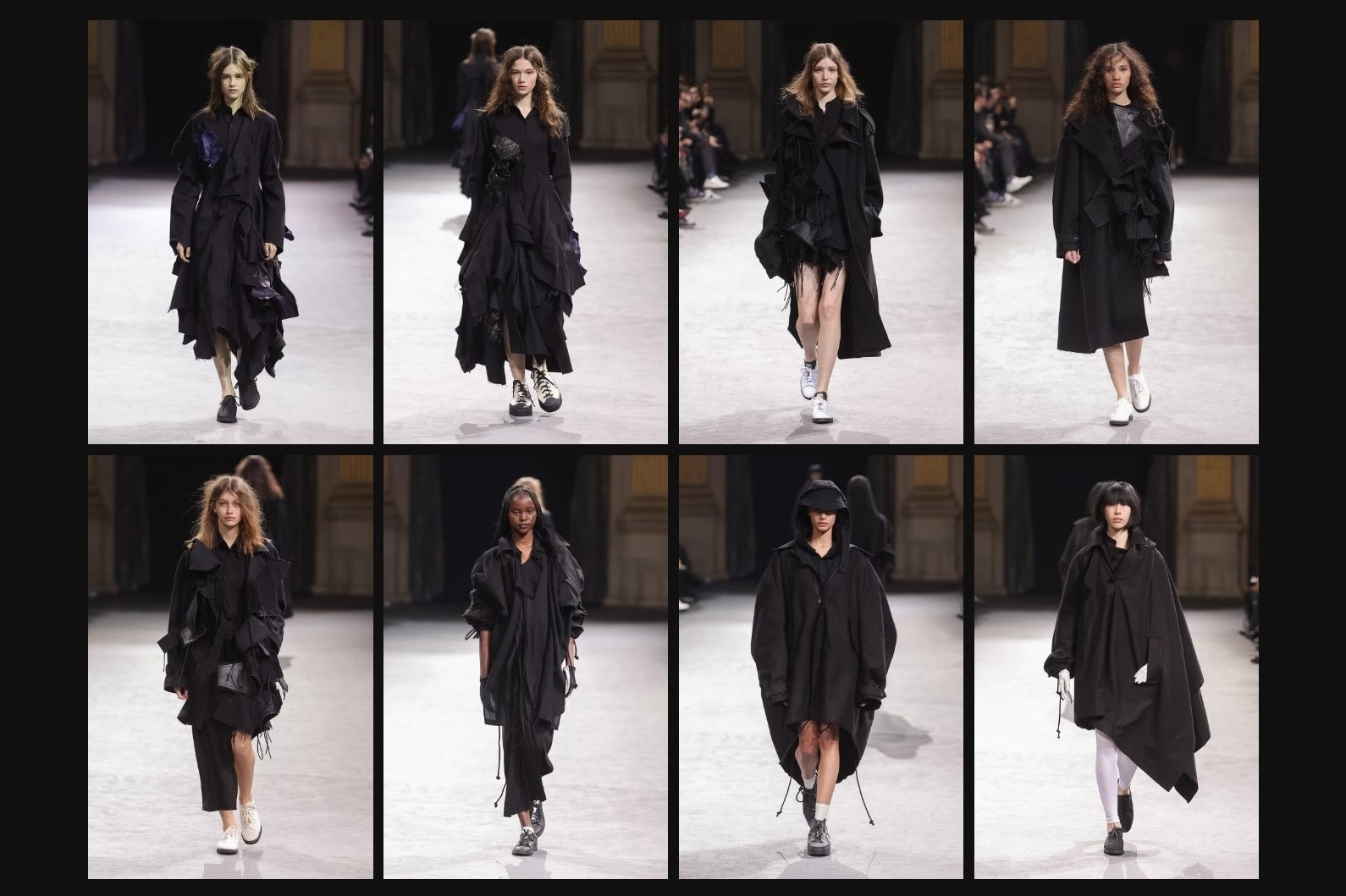
Japanese fashion designers have evolved as influential tastemakers, shaping the trajectory of the global fashion landscape. Figures like Yohji Yamamoto, Issey Miyake, and Rei Kawakubo are celebrated for their conceptual approach, experimental techniques, and transformative vision, turning the very fabric of fashion into a canvas for wearable art. Their avant-garde designs challenge conventions, explore new forms and redefine the boundaries of fashion.
Alongside these renowned designers, brands such as Uniqlo, Comme des Garçons, Sacai, and Undercover have established themselves as influential forces in the industry. These brands combine a deep understanding of traditional craftsmanship with a forward-thinking approach to design, creating garments that marry functionality, aesthetics, and cutting-edge concepts.
▶Check the following article for more information about Japanese Fashion Brands: 10 Trendy Japanese Fashion Brands 2024
Japanese Fashion in Pop Culture

Japanese fashion’s global footprint has been considerably magnified by its portrayal in popular culture. Fashion is an effective storytelling element since clothing as a visual language serves to evoke emotions and convey character traits.
This way, with iconic outfits in anime series and Japanese cinema, as well as the carefully curated wardrobes of J-Pop stars, the media has played a crucial role in disseminating Japanese style trends worldwide through films, television shows, music videos, and other forms of media. Fashion-forward characters and their unique styles have become an inspiration for fans globally, driving interest and exploration of Japanese fashion.
▽Check more Japanese pop culture staples in the following articles!▽
▶20 Best Japanese Movies of All Time
▶15 Best Studio Ghibli Movies to Watch
▶30 Best Anime Movies of All Time
The fascination with Japanese fashion lies in its dynamic dichotomies: tradition and innovation, simplicity and complexity, conformity and rebellion. This intricate contrast creates a sartorial landscape that is uniquely Japanese, offering a bounty of exploration and appreciation.
There’s the ornate grandeur of a kimono, the exciting energy of street style, or the subtle sophistication of minimalist design, and it all comes together to make Japan’s style a fashion playground teeming with inspiration, just waiting to be discovered.
▽Subscribe to our free news magazine!▽
For more information about Japanese cultural trends, check these articles below, too!
▽Related Articles▽
Written by
Photographer, journalist, and avid urban cyclist, making sense of Japan since 2017. I was born in Caracas and lived for 14 years in Barcelona before moving to Tokyo. Currently working towards my goal of visiting every prefecture in Japan, I hope to share with readers the everlasting joy of discovery and the neverending urge to keep exploring.





